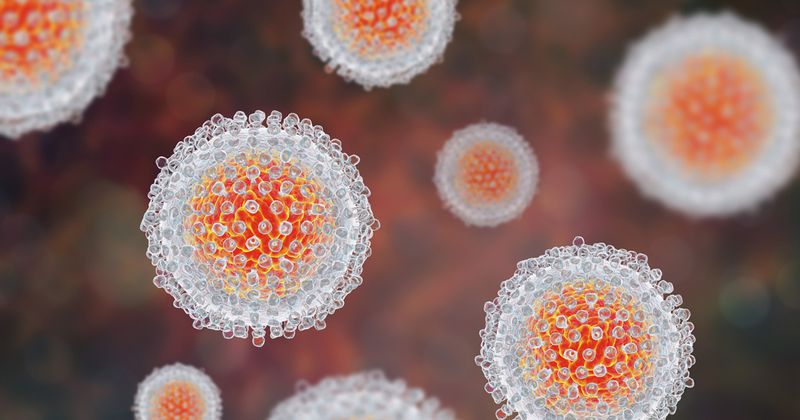Three-year graft survival achieved for HCV kidneys
Key takeaways
- Research shows donor kidneys with the hepatitis C virus have a 3-year graft survival.
- Selection was done carefully for the HCV-RNA donors, and a larger study could mean lower allograft survival.
Deceased donor kidneys with the hepatitis C virus can show graft survival beyond 1 year when transplanted into patients without the virus, according to a recently published study.
The study, conducted at two large transplant centers in the U.S., “provides important evidence that HCV-RNA [positive] kidney transplants function well beyond [1] year and that complications, such as rejection and [donor-specific antibodies] DSA, did not occur at elevated rates,” Vishnu Potluri, MD, MPH, of the renal-electrolyte and hypertension division at Perelman School of Medicine at the University of Pennsylvania, and colleagues wrote. “… eGFR trajectories and iBox scores provide additional evidence that these transplants will continue to function well into the future.”

Research shows donor kidneys with the hepatitis C virus have a 3-year graft survival. Image: Adobe Stock.
The iBox scoring system is a composite biomarker panel that used data collected 1 year after transplant to predict future risk of allograft failure in kidney transplant recipients.
Organ shortage
Researchers said the viability of transplanting deceased donor HCV-RNA-positive kidneys has increased with improvements in cure rates. Transplanting these kidneys are an important strategy to alleviate the shortage of kidneys for transplant, the authors wrote.
“Long waiting times for kidney transplantation and the major health burdens of dialysis have generated interest in transplanting kidneys from donors with blood-borne viral infections,” the authors wrote. “Until 2015, most kidneys from deceased donors with hepatitis C virus infection (HCV) were discarded or not procured because of the toxicity of interferon-based HCV treatment in recipients.
“The development of direct-acting antiviral (DAA) therapy and high HCV cure rates in the general population generated new optimism that organs from HCV-RNA [positive] donors could be safely transplanted,” they wrote.
Graft survival
Researchers obtained data from the Transplanting Hepatitis C Kidneys into Negative Kidney Recipients Trial, performed at the University of Pennsylvania, and the Exploring Renal Transplants Using Hepatitis C-infected Donors for HCV-negative Recipients Trial, performed at Johns Hopkins University, and used the iBox to predict graft survival 3 years post-transplant. “Our aim was to report allograft survival and function, as well as immunological complications, including rejection and development of de novo DSA,” the researchers wrote.
Data from 45 transplant recipients in the two trials were examined. Diabetes or hypertension was the primary cause of end-stage kidney disease for 23 of the recipients, the researchers reported. Twelve recipients had delayed graft function.
“ … [U]sing data from 3-years post-transplant among the surviving patients … the median allograft survival predicted by the iBox was 97.6% at 6 years post-transplant (ie, at 3 years post-assessment), 96.1% at 8 years post-transplant, and 94.3% at 10 years post-transplant,” the authors wrote.
Patient selection
The authors acknowledged selection was done carefully for the HCV-RNA donors.
“It is possible that outcomes for contemporary recipients of HCV-RNA [positive] kidneys will not enjoy the same favorable outcomes, particularly if there is delay in starting the DAAs (eg., due to insurance approval for the DAA),” the authors wrote, “and/or if kidneys with more adverse attributes are accepted. Second, the trials were relatively small. Larger studies of long-term follow-up with comparators may be needed to estimate allograft survival and rates of rejection with precision. Third, neither center performed protocol biopsies. It is possible that subclinical rejection or HCV injury were not detected through routine clinical surveillance,” they wrote.
Peter Reese, MD, PhD, with the University of Pennsylvania School of Medicine and a co-author of the paper, told Healio, “As this practice becomes more widespread, I expect that we would see more rejection and other complications typical of general kidney transplant practice.”
